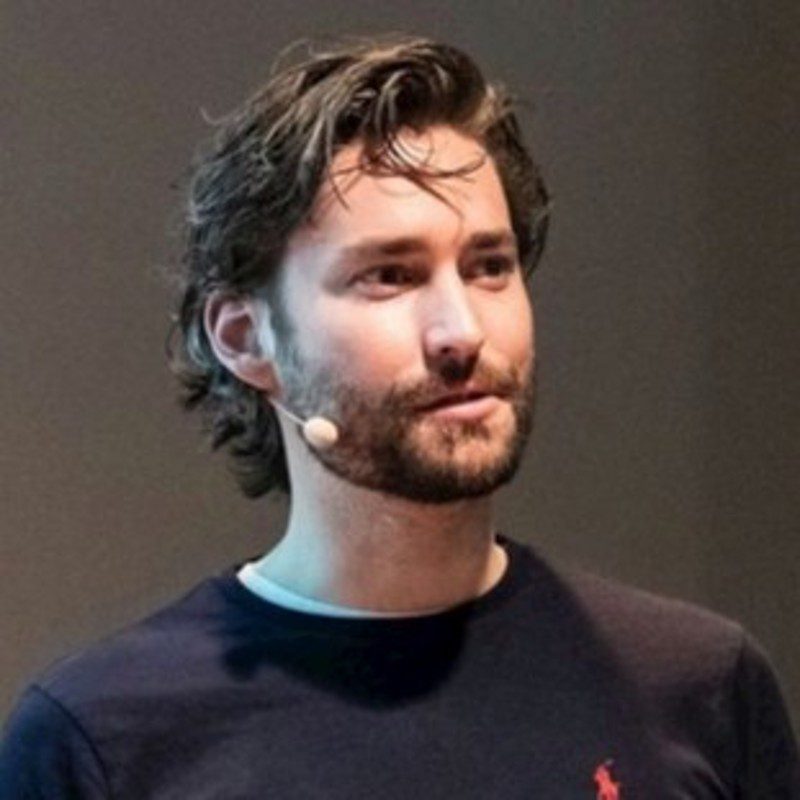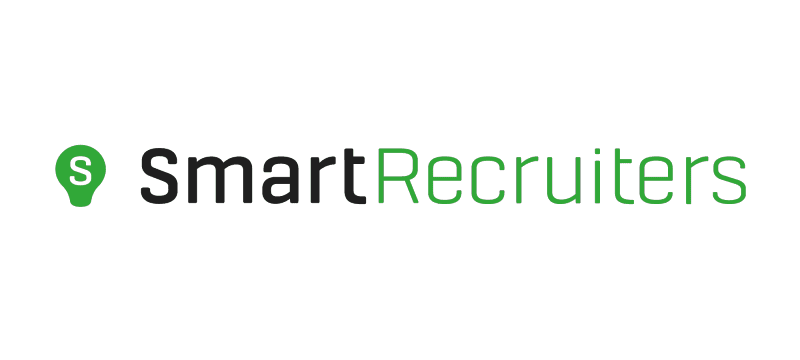Hiring velocity is business velocity
Is your organization able to hire the people it needs, when it needs them?
In times where attracting the right talent becomes harder and harder we see organizations struggle to hit or maintain their desired business velocity.
Understanding the connection between Hiring Velocity and Business Velocity raises the question ‘How to transform your Talent Organization?’.


Watch this webinar on-demand to:
- Understand the failings of traditional recruiting metrics.
- Transform static metrics like cost-per-hire that lead to reactive recruiting strategies, to strategic metrics that drive future decision-making in order to out-hire the competition.
- Anchor your recruitment strategies to the broader business goals and forecasts.
- Enable your team with the ability to predict your ability to hire in future scenarios, empowering them with insights for effective contingency and business continuity planning.
Hiring Velocity = Business Velocity
As we begin the new year, many TA and HR leaders are faced with even more challenges than normal. With potential budget resets, organizational restructuring, and expansion targets for many businesses hoping to be realized in 2022, the pressure is on at this time of year.
Against the backdrop of the prevailing recruitment challenges, in times where attracting the right talent has become harder and harder for so many, we see organizations struggle to hit or maintain their desired business velocity.
Tony de Graaf, Hiring Success Director, EMEA at SmartRecruiters covered the intensity of the global shortage of people resources in this compelling session and why this is absolutely paramount to consider through the lens of an organization’s business velocity expectations.
He explained, “We all know that if we are not able to hire enough salespeople or software engineers, for example, then we are at risk of limiting our own business velocity. So, you could argue, that our ability to attract and hire talent at the exact moment the business needs it, has a tremendous impact on our business velocity. The ability to deliver people resources on time is the hiring velocity.”
To ensure that TA teams are delivering to broader business objectives (the business velocity), the hiring velocity should be equal or greater, ultimately meaning that TA teams are delivering what the business is asking of them, on time. Tony went on to consider that, “the moment our hiring velocity drops below the business velocity, we are at risk of slowing down our entire organization.”
In this time of extreme challenge and competition over talent resources, the evidence is clear, that many organizations are trying to mitigate a reduction in hiring velocity and improve this, by recruiting more recruiters. Tony shared data from Kate Reilly via LinkedIn that looks at the number of job posts for recruiter positions on LinkedIn, indexed against previous years’ data, which demonstrates this.
The problem here, is that working harder or continuously upscaling the TA/HR function, isn’t going to solve the deficit between the hiring velocity versus the business velocity. Tony believes that the solution is in a mindset shift, stating, “We as the Talent Acquisition industry, need to learn that to continuously grow and develop our TA capabilities is part of our job and actually as important as filling the open jobs… We need to fill the jobs on the way, but also have time to consider and learn how to do it better, tomorrow. We can’t wait until things so slow, because that’s never going to happen.”
How to continuously improve your TA function: From Cost-Center to Difference-Maker
Tony’s presentation highlighted the imperative that the TA function needs to no longer be just about meeting the real-time talent resourcing needs of the business, but presented that there is an intense need for the TA function to be strategically pioneering, in order to succeed and to continue to meet the business velocity of today’s organizations.
To do this effectively, he believes there needs to be a HOW: a methodology that helps TA teams to continuously grow and mature the Talent Acquisition function. And then, there needs to be a consideration of what success looks like by using and understanding BUSINESS-RELEVANT METRICS that switches the onus on TA leaders from being cheap and fast to be able to reveal the areas of real difference-making through considering the right numbers.
SmartRecruiters have done the hard work in creating a methodology through their Hiring Success Framework, as outlined in this session. You can also find out more about this in the following materials:
- The Definitive Guide to Hiring Success
- Hiring Success Masterclass
- Hiring Success: How Visionary CEOs Compete for the Best Talent
How to measure your success as a TA/HR leader
Legacy recruiting metrics pigeonhole TA as a cost center, according to Tony. Traditional metrics like cost-per-hire, time-to-fill, and quality of hire, are those numbers that lead directly to insights only being about how fast and cheap the TA function is, and set teams up to fail.
The route to success? Boardroom-ready metrics.
Some of these types of metrics like hiring budget, hiring velocity, and Net Hiring Score™ can inform and drive TA strategy. By shaping up what TA functions are measured against and actively choosing to measure, TA teams can enable their image to shift from the cost center to reaching business velocity, to part of the difference maker and route to success.
If you’re interested in DE&I specifically within hiring – where organizations are falling short with their DE&I commitments; how organizations can make true, meaningful progress with meeting their commitments; and where your organization fits in, benchmarking against your own industry data, and what tangible changes you can make to be competitive and succeed with your own DE&I goals – check out the SmartRecruiters “State of Diversity Hiring Report 2021” here.
